Archstudio brings a derelict Beijing hutong to the 21st century
Chinese architecture firm Archstudio breathes new life into a small, traditional Siheyuan residence in one of Beijing's historical hutong clusters, bridging old and new through a series of flowing roofs and courtyards
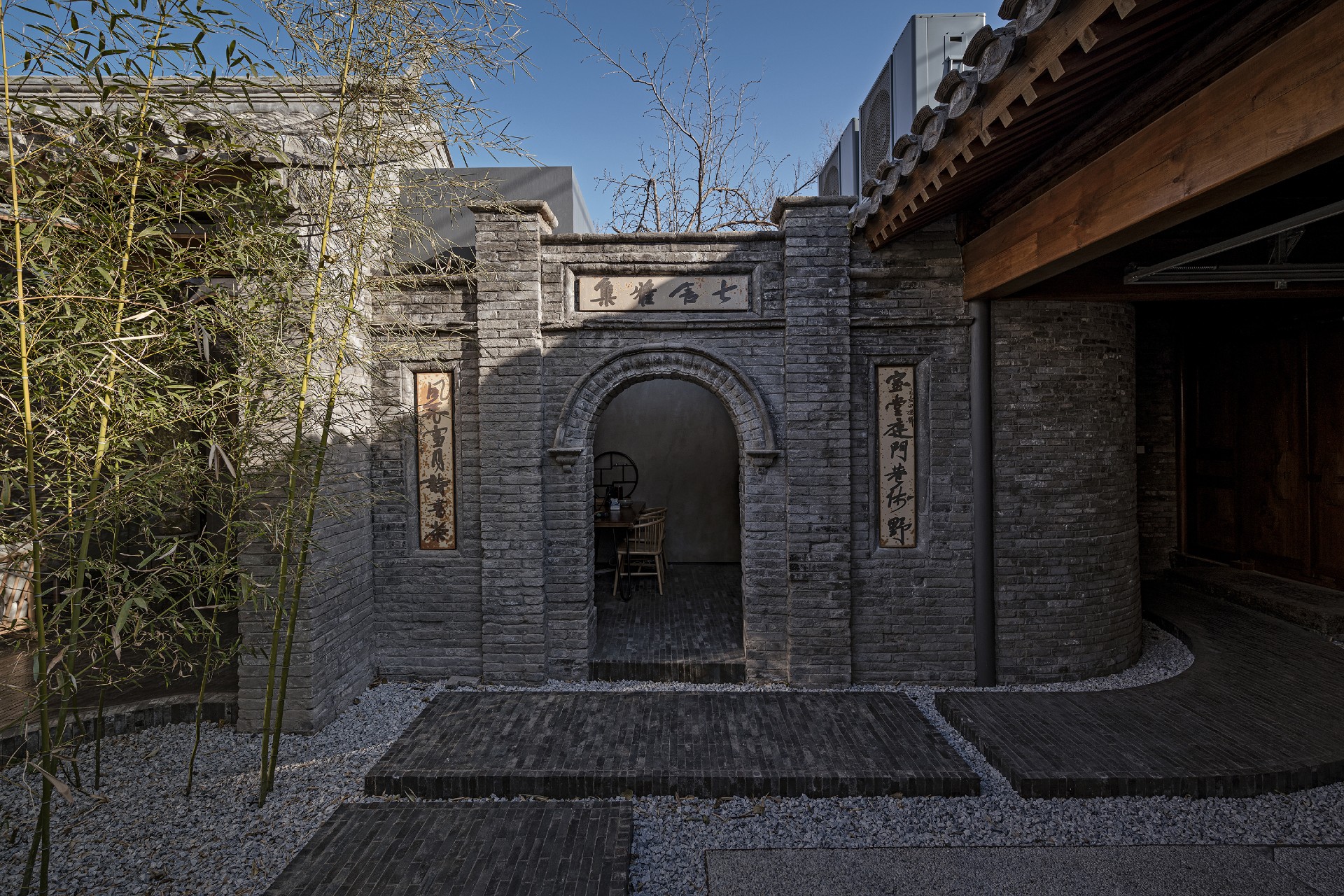
Any project in the precious few hutong areas of Beijing needs careful consideration; those traditional clusters of small scale dwellings were once all over the city, but are now confined in particular urban pockets, having mostly given way to the Chinese capital's rapid development of the past decades. Beijing based architects Archstudio are well aware of a hutong structure's historical value, so knew that when they were called upon to restore and redesign a compound of seven small structures into a modern home, they needed to proceed with care.
The project, a Siheyuan (a typology of traditional Chinese residence), sits sprawled across seven small buildings with seven separate pitched roofs – which lent the house its name, Qishe (‘Qi' and ‘she' meaning respectively ‘seven' and ‘house' in Chinese). The original building fabric was neglected and in bad condition, so the architects adopted a two-pronged approach, ‘renovating the old and inserting the new', they explain.

At the heart of the composition, a light pavilion-type structure combines the different buildings visually and spatially. Made out of glass and an organic, softly flowing roof, this new space acts as a circulation area, an in-between space that bridges inside and out, as well as a playful architectural experience of twists, turns and unexpected views within the house.
The floorplan is dotted with three courtyards, which ensure all rooms in the house are awash with natural light. An entrance courtyard with a garage leads on to the house's main living areas, which are arranged around a second courtyard. An open dinning room allows the eye to wonder directly through to the last courtyard towards the rear of the plot, around which are placed the bedrooms.
The existing buildings have been restored diligently, working with the original material palette. For example, the original pine wood framework of the Siheyuan was maintained and the roofs were brought into the 21st century with necessary weather-proofing but retain the original grey tile rooftops. New parts, such as doors, windows and built-in furniture, use laminated bamboo panels, making the distinction between old and new clear – yet not jarring.


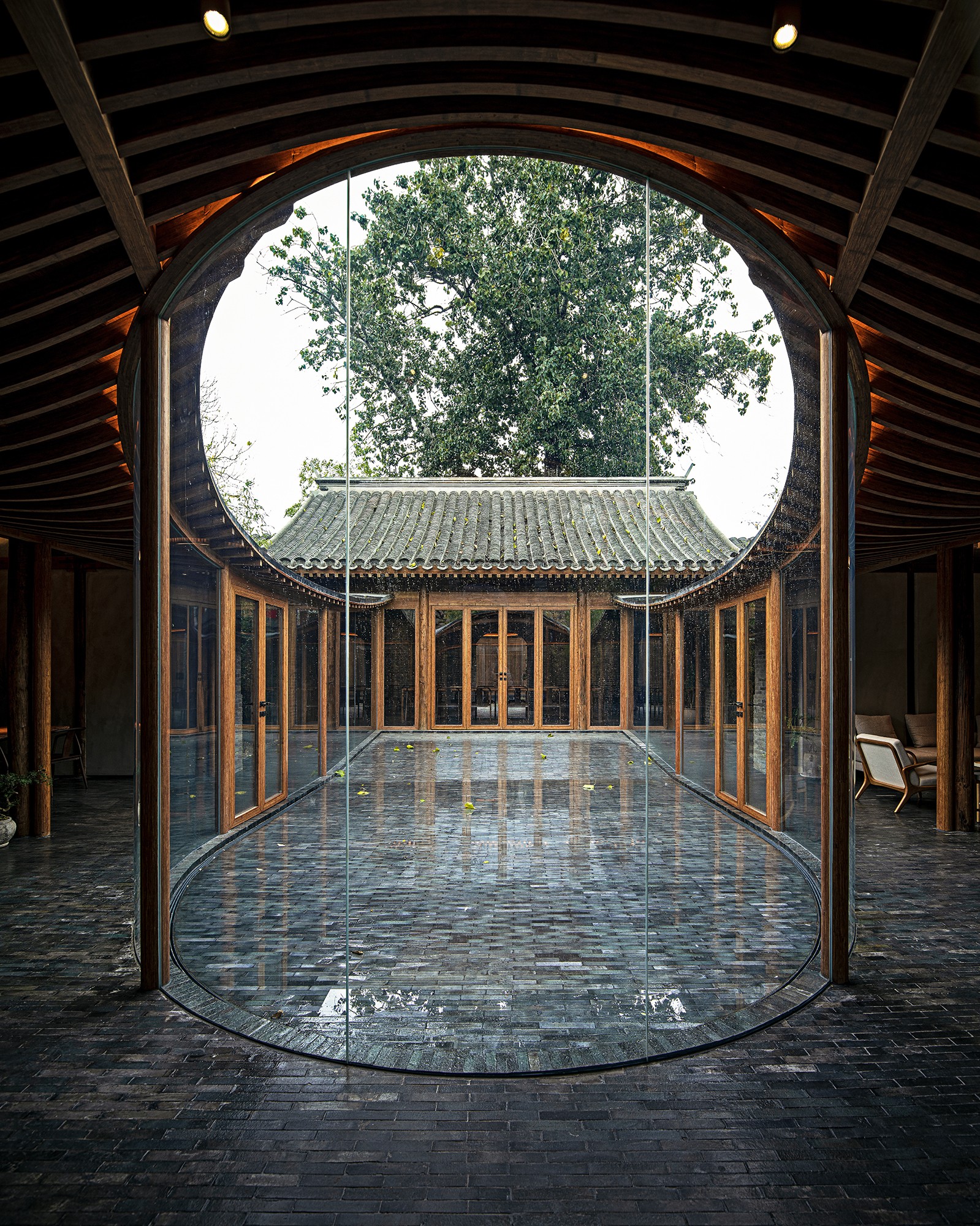

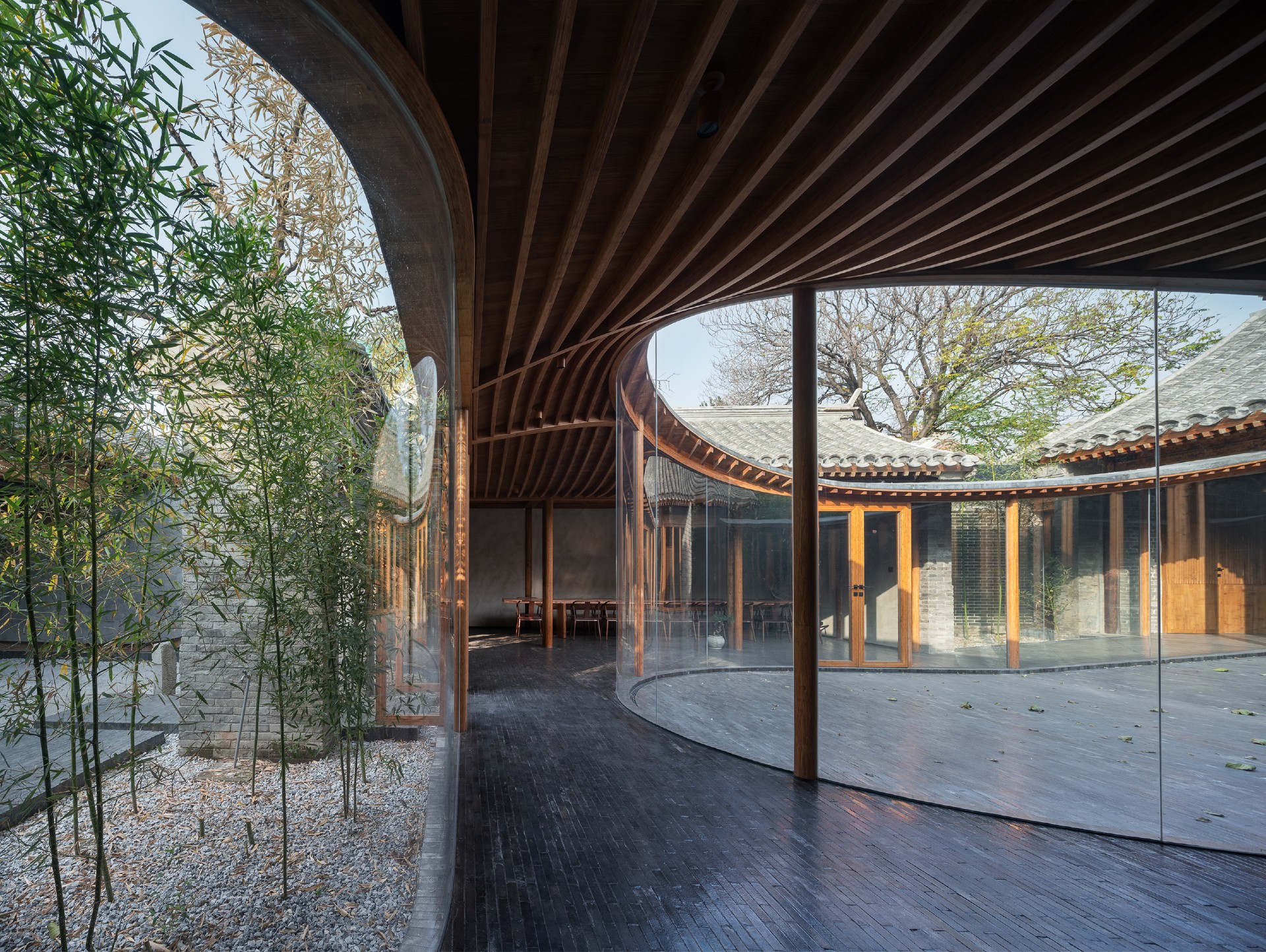
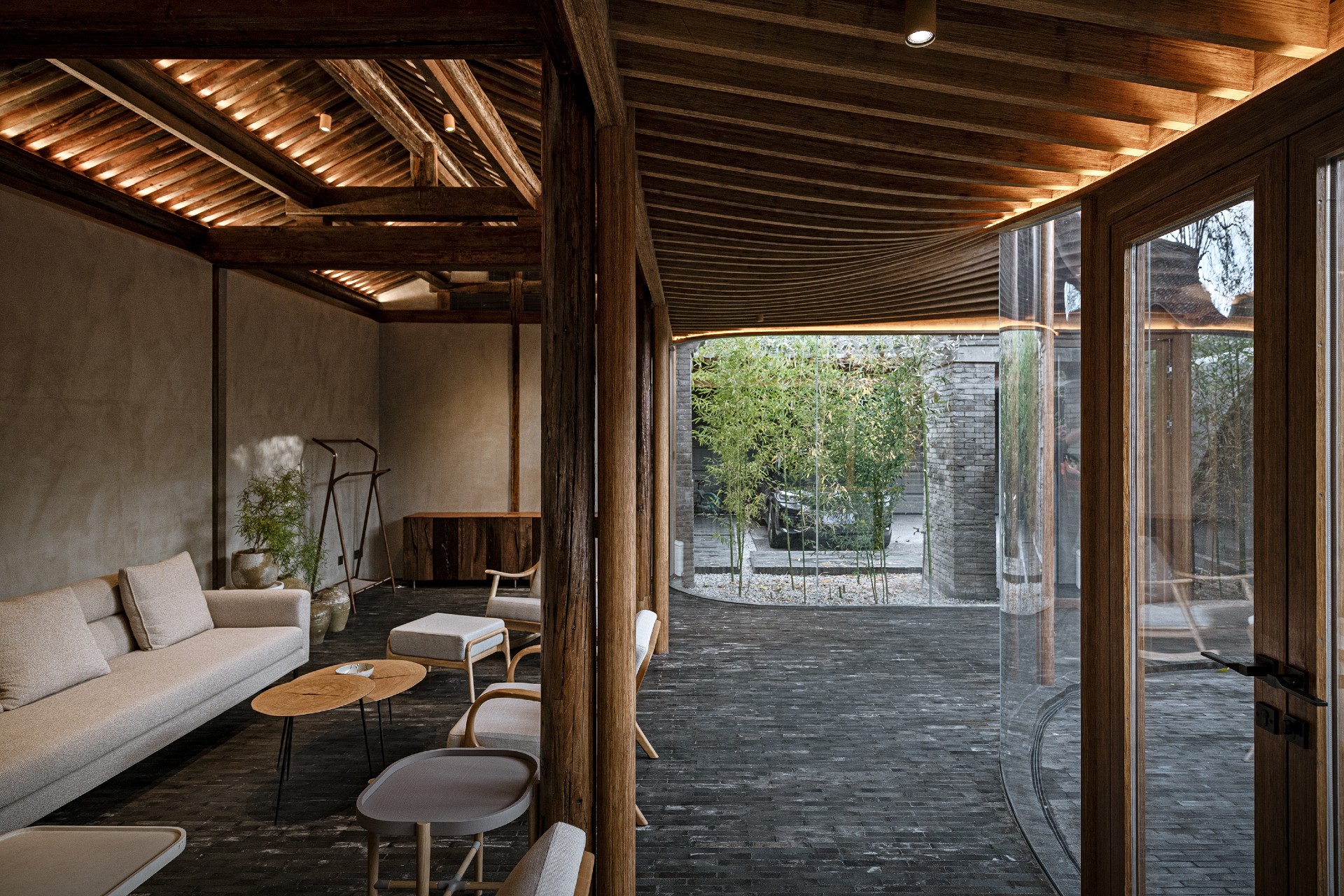
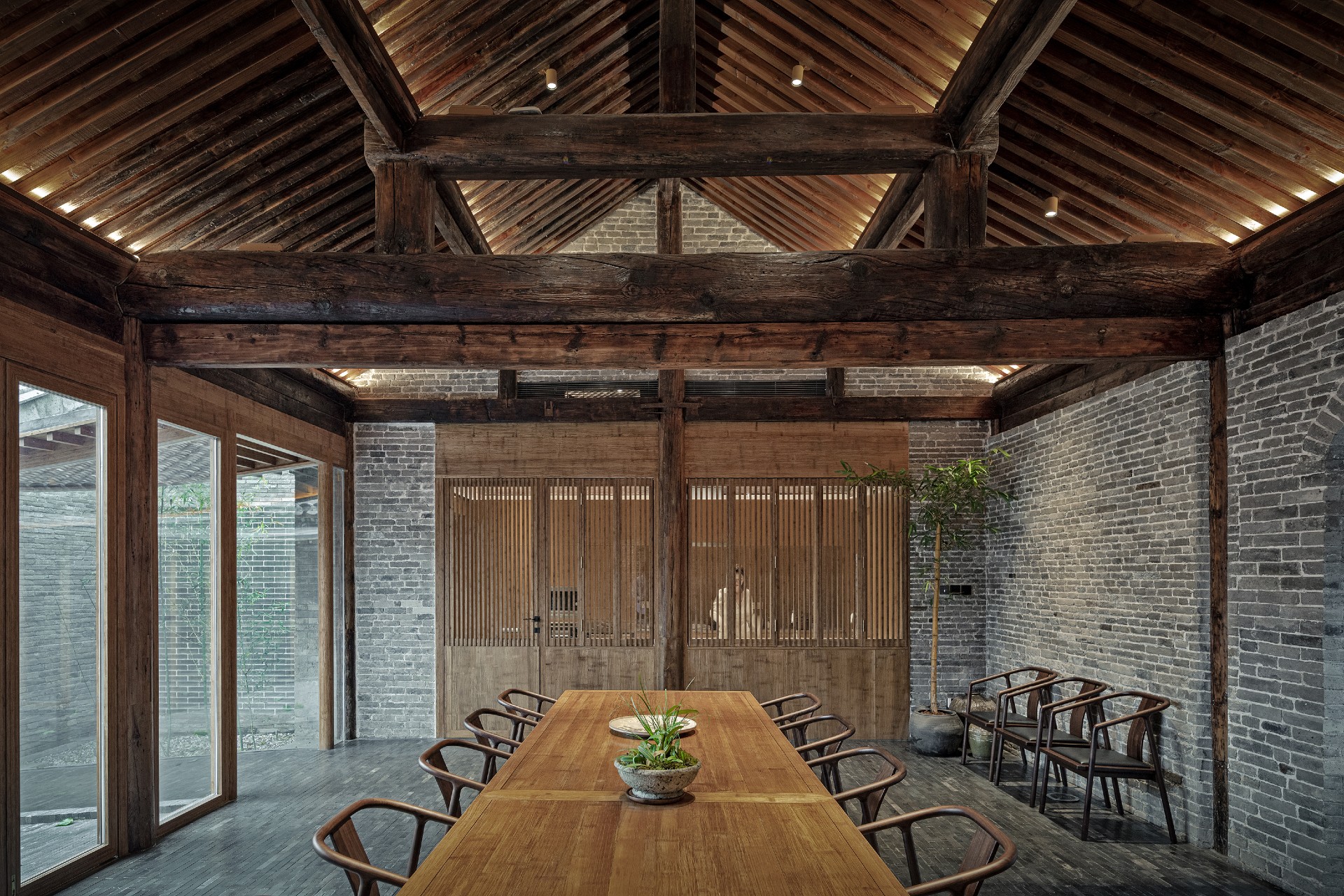


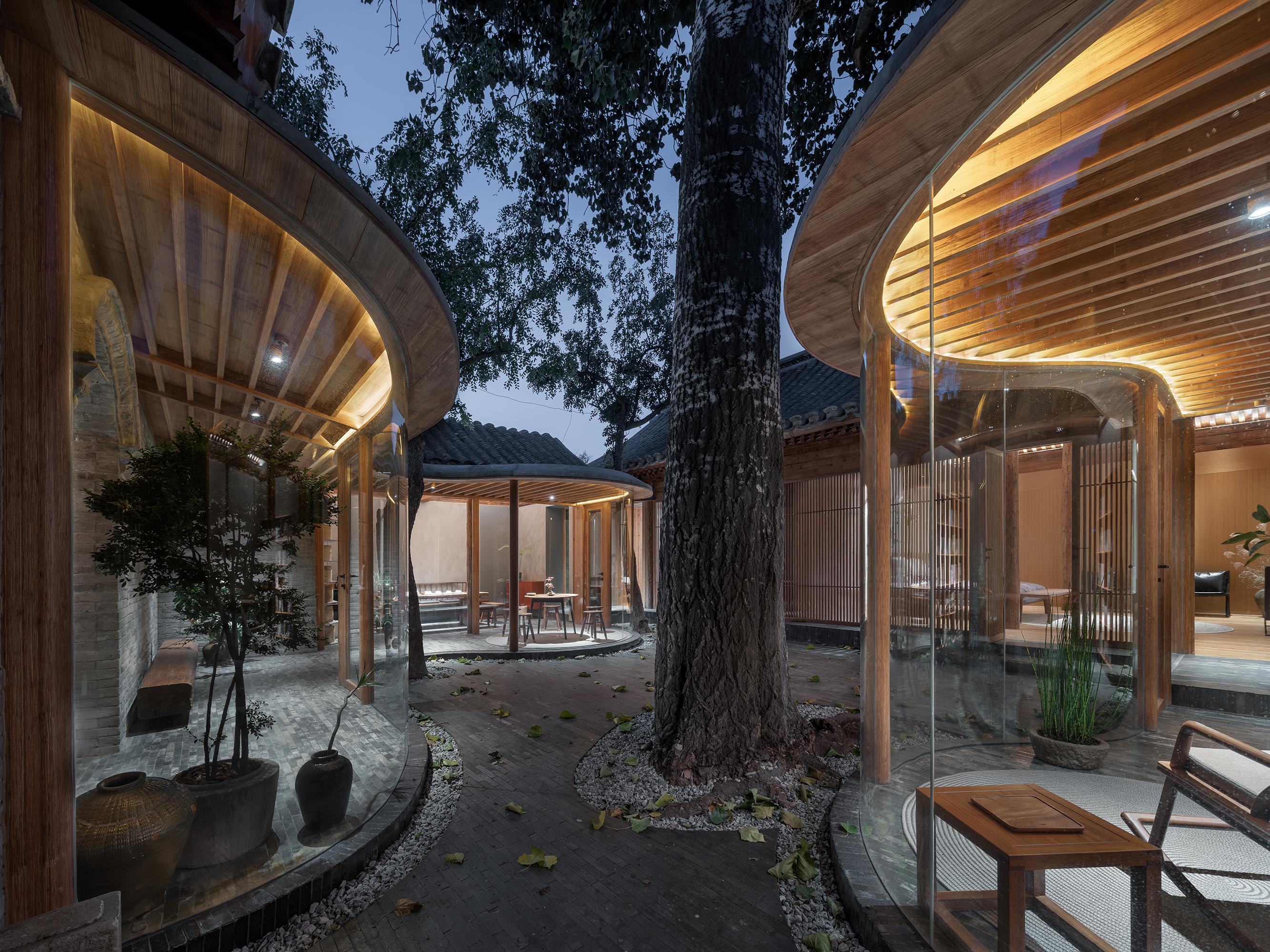
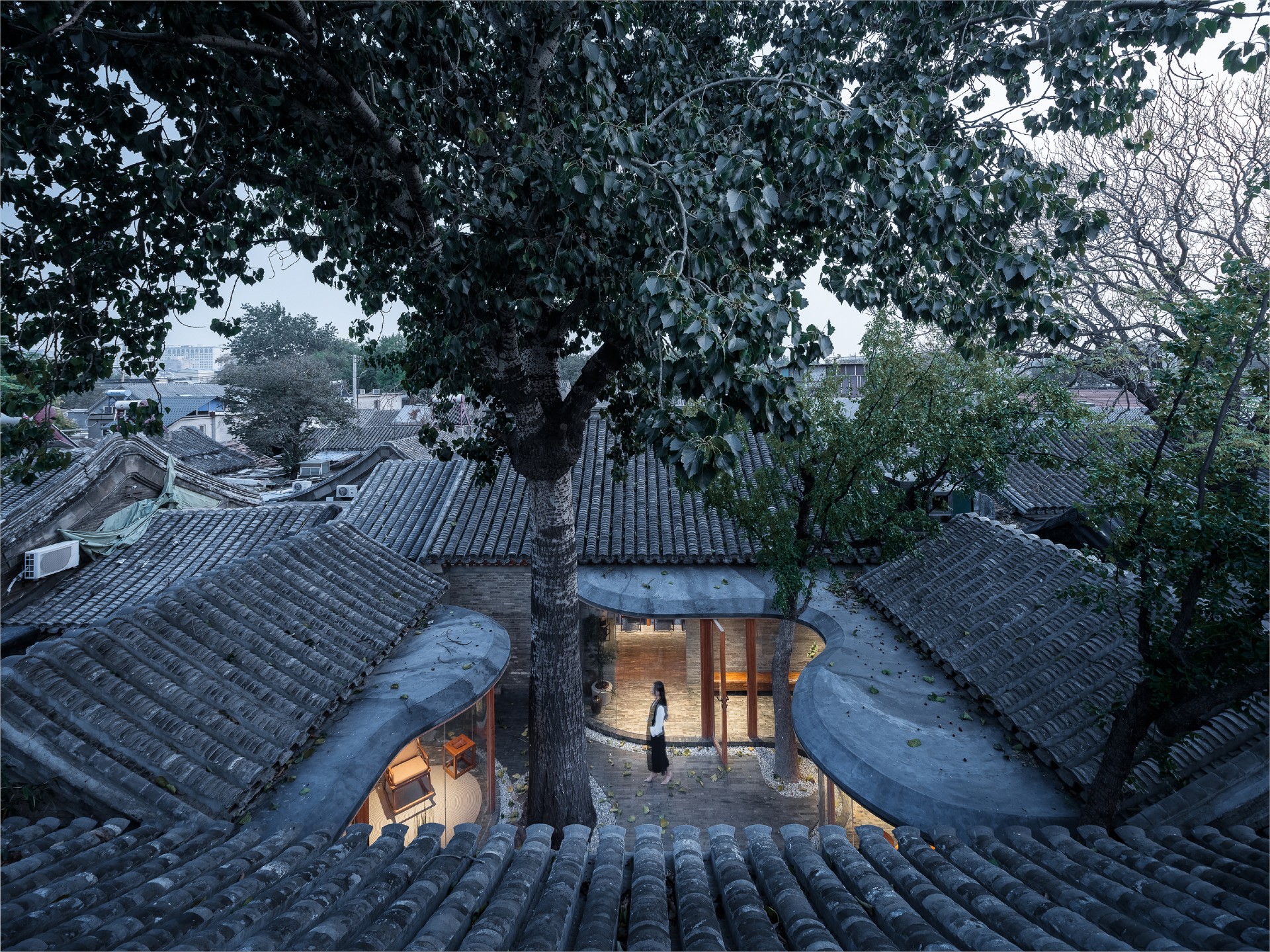
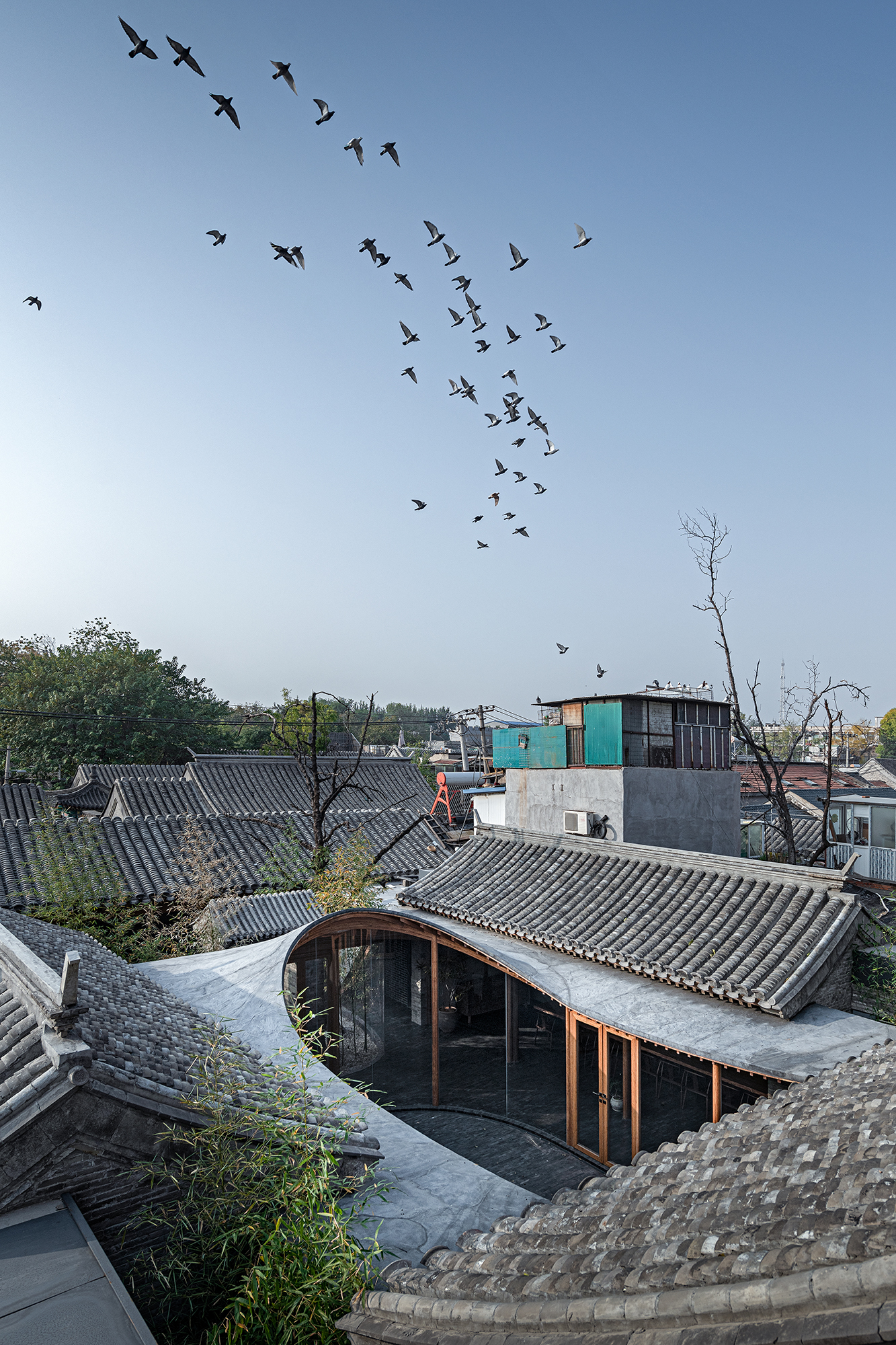
INFORMATION
Receive our daily digest of inspiration, escapism and design stories from around the world direct to your inbox.
Ellie Stathaki is the Architecture & Environment Director at Wallpaper*. She trained as an architect at the Aristotle University of Thessaloniki in Greece and studied architectural history at the Bartlett in London. Now an established journalist, she has been a member of the Wallpaper* team since 2006, visiting buildings across the globe and interviewing leading architects such as Tadao Ando and Rem Koolhaas. Ellie has also taken part in judging panels, moderated events, curated shows and contributed in books, such as The Contemporary House (Thames & Hudson, 2018), Glenn Sestig Architecture Diary (2020) and House London (2022).
-
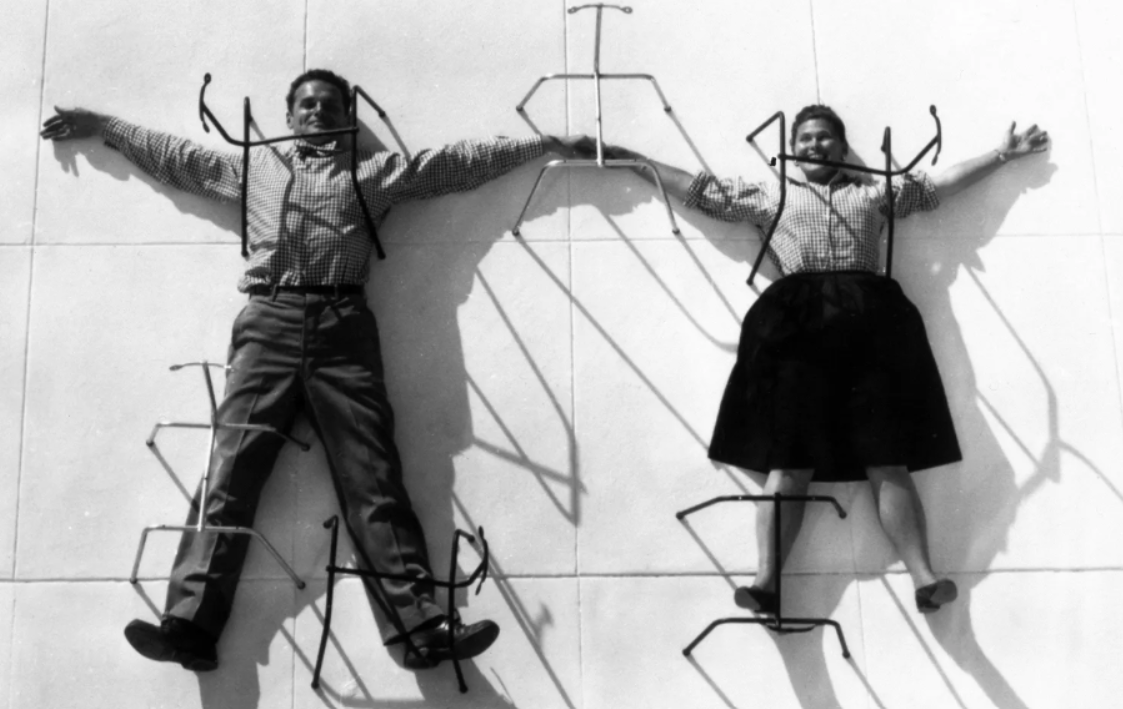 How Charles and Ray Eames combined problem solving with humour and playfulness to create some of the most enduring furniture designs of modern times
How Charles and Ray Eames combined problem solving with humour and playfulness to create some of the most enduring furniture designs of modern timesEverything you need to know about Charles and Ray Eames, the American design giants who revolutionised the concept of design for everyday life with humour and integrity
-
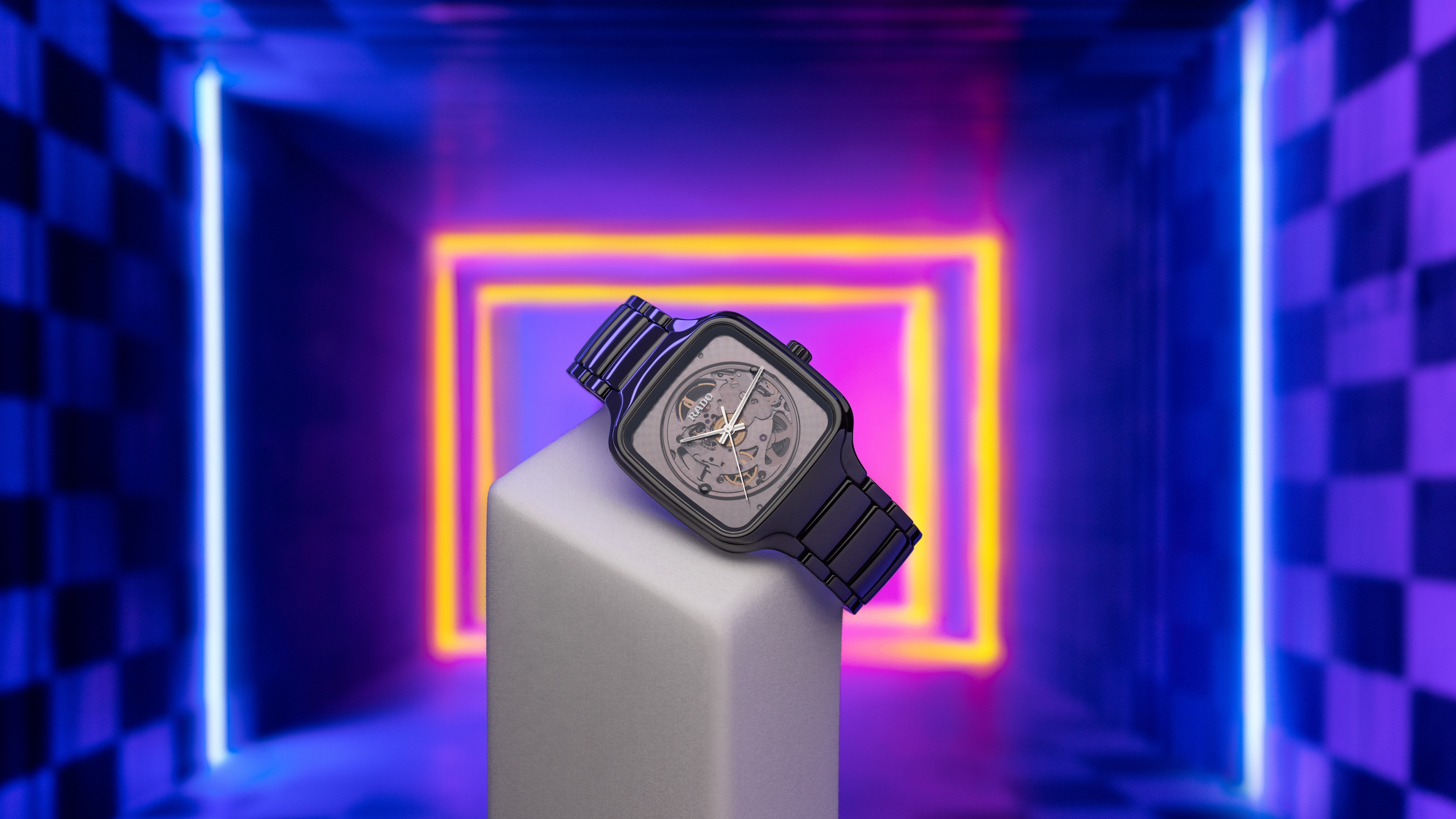 Why are the most memorable watch designers increasingly from outside the industry?
Why are the most memorable watch designers increasingly from outside the industry?Many of the most striking and influential watches of the 21st century have been designed by those outside of the industry’s mainstream. Is it only through the hiring of external designers that watch aesthetics really move on?
-
 This Fukasawa house is a contemporary take on the traditional wooden architecture of Japan
This Fukasawa house is a contemporary take on the traditional wooden architecture of JapanDesigned by MIDW, a house nestled in the south-west Tokyo district features contrasting spaces united by the calming rhythm of structural timber beams
-
 Wang Shu and Lu Wenyu to curate the 2027 Venice Architecture Biennale
Wang Shu and Lu Wenyu to curate the 2027 Venice Architecture BiennaleChinese architects Wang Shu and Lu Wenyu have been revealed as the curators of the 2027 Venice Architecture Biennale
-
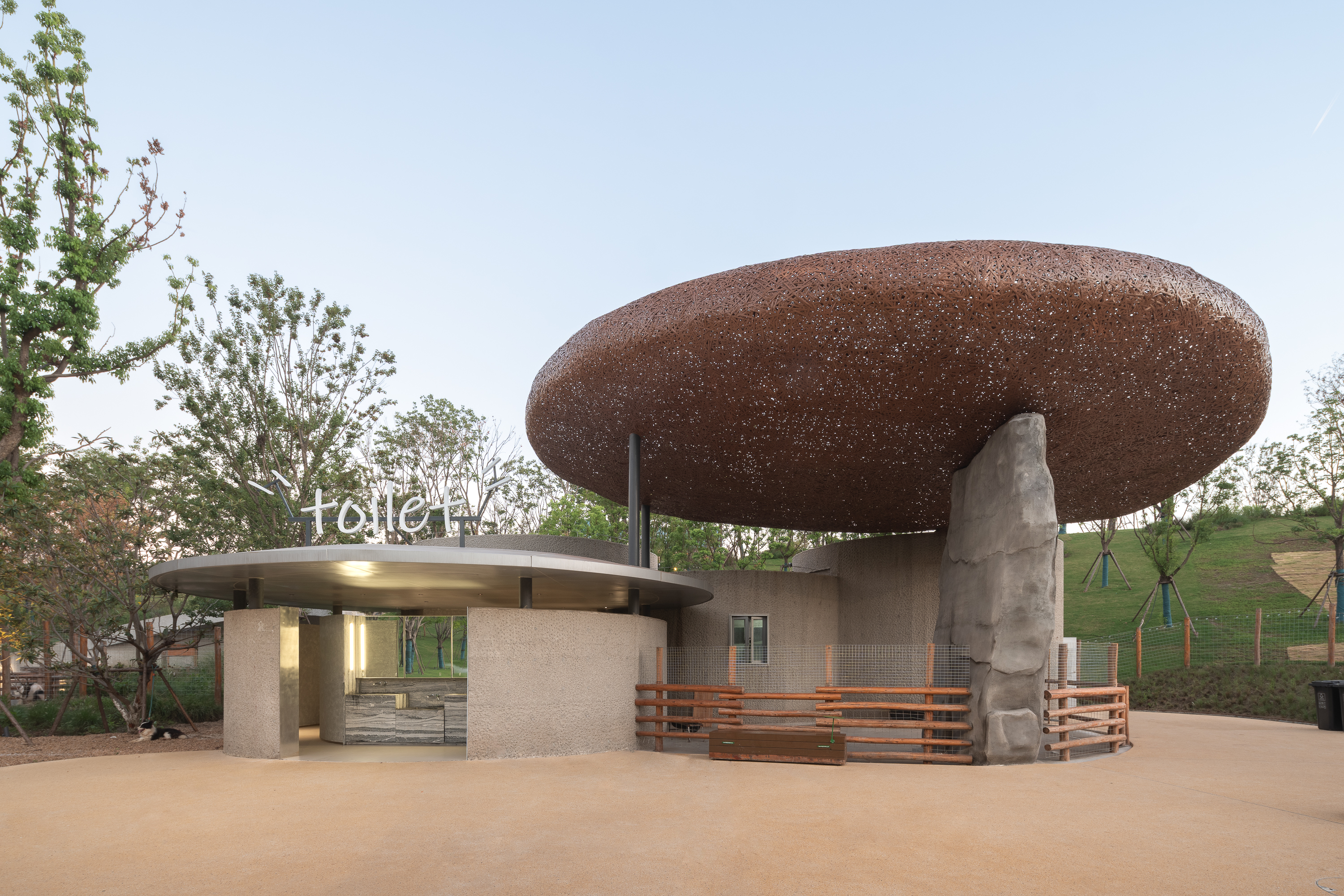 Tour this Chinese eco-farm, an imaginative wonderland connecting visitors with nature
Tour this Chinese eco-farm, an imaginative wonderland connecting visitors with natureLuxeIsland Farm by Various Associates is an eco-farm and visitor attraction in China’s picturesque Wuhan region; take a stroll across its fantastical landscape
-
 Honouring visionary landscape architect Kongjian Yu (1963-2025)
Honouring visionary landscape architect Kongjian Yu (1963-2025)Kongjian Yu, the renowned landscape architect and founder of Turenscape, has died; we honour the multi-award-winning creative’s life and work
-
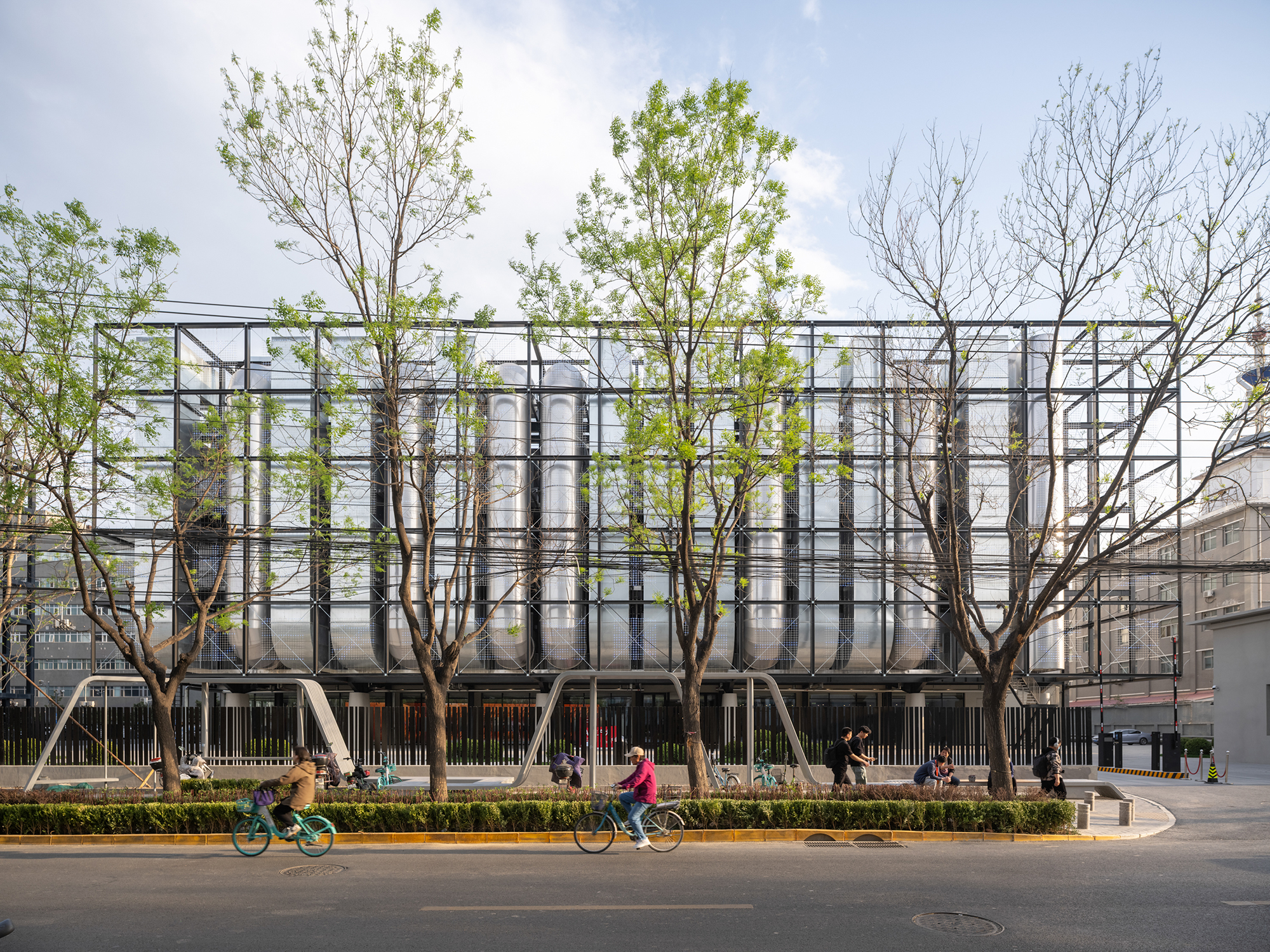 A new AI data centre in Beijing is designed to evolve and adapt, just like the technology within
A new AI data centre in Beijing is designed to evolve and adapt, just like the technology withinSpecialised data centre Spark 761, designed by llLab, is conceived as a physical space where humans and AI technology can coexist
-
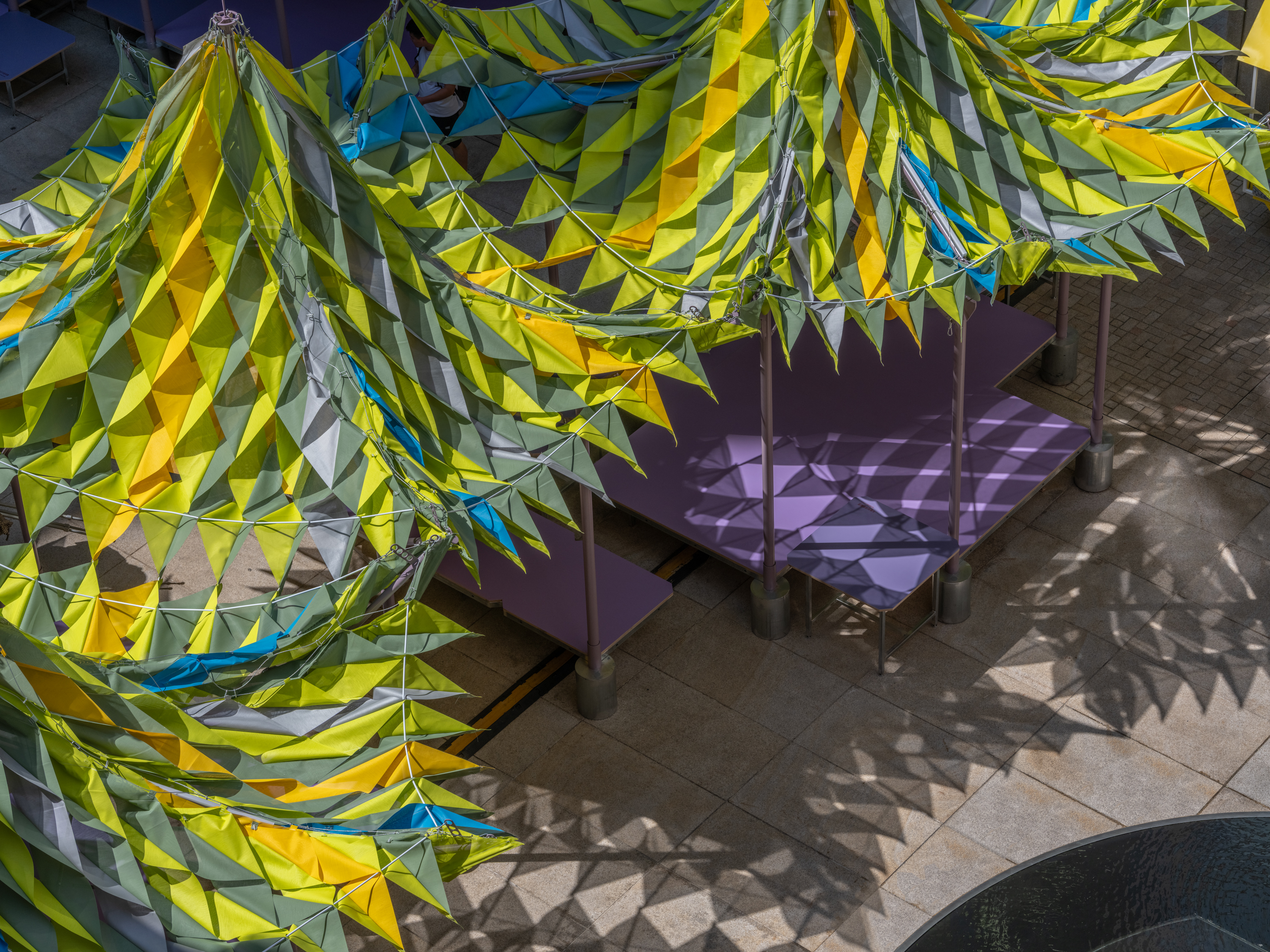 Shanghai’s biennial, RAMa 2025, takes architectural exploration outside
Shanghai’s biennial, RAMa 2025, takes architectural exploration outsideRAMa 2025, the architecture biennial at Rockbund Art Museum in Shanghai, launches, taking visitors on a journey through a historic city neighbourhood – and what it needs
-
 Atelier About Architecture’s ‘house within a house, and garden within a garden’
Atelier About Architecture’s ‘house within a house, and garden within a garden’House J in Beijing, by Atelier About Architecture, is an intricate remodelling complete with a hidden indoor garden and surprising sight lines
-
 A nature-inspired Chinese art centre cuts a crisp figure in a Guiyang park
A nature-inspired Chinese art centre cuts a crisp figure in a Guiyang parkA new Chinese art centre by Atelier Xi in the country's Guizhou Province is designed to bring together nature, art and community
-
 Zaha Hadid Architects’ spaceship-like Shenzhen Science and Technology Museum is now open
Zaha Hadid Architects’ spaceship-like Shenzhen Science and Technology Museum is now openLast week, ZHA announced the opening of its latest project: a museum in Shenzhen, China, dedicated to the power of technological advancements. It was only fitting, therefore, that the building design should embrace innovation